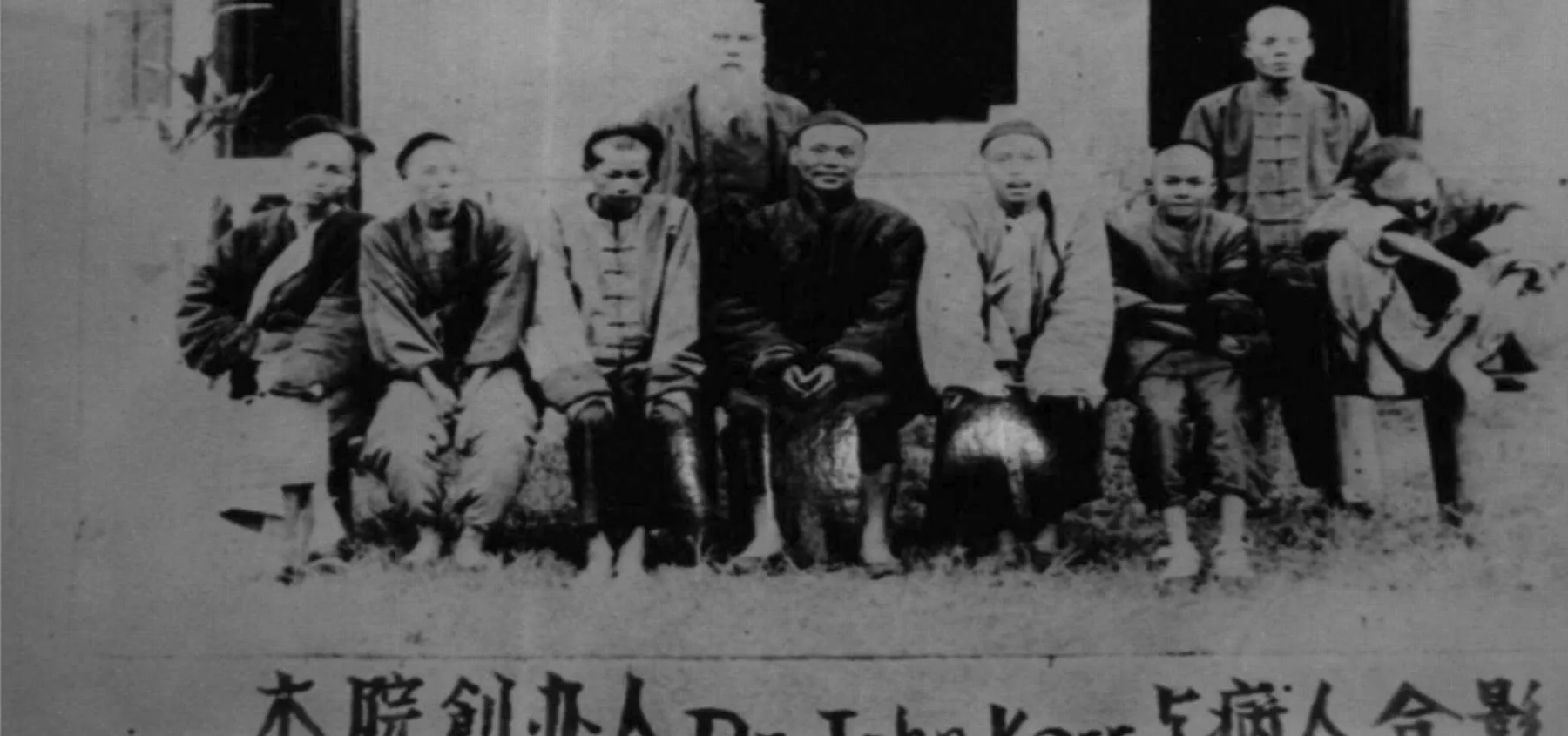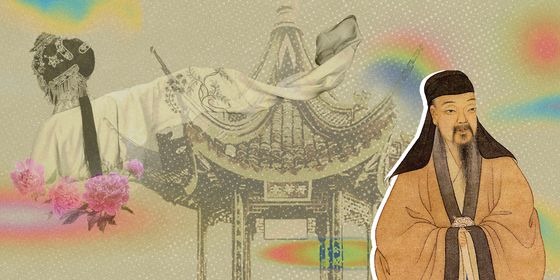Patient-stealing incident the latest in China’s long, sordid history of psychiatry
Mental health remains a difficult issue for China. There is an extremely limited number of trained psychiatrists: In 2012, that number was estimated at 16,383 for a population of 1.3 billion, and almost negligible numbers of qualified clinical psychologists. By 2014,the number of psychiatrists was estimated to have risen to 24,000 by the World Health Organization, but that is still a drop in the ocean.
This dire shortage of mental health resources goes some way to explaining the bizarre events earlier this week, when the head of the psychiatry department of a hospital in Guizhou province defected to a rival hospital, taking 64 out of 65 of the original hospital’s psychiatry patients with him.
It’s reported that four doctors and seven nurses also left at the same time, possibly to go with him.
The entire sordid incident is an indicator of how dismal the working conditions are for psychiatrists in China, despite the desperate need for their services. A big part of this problem relates to the lack of public awareness regarding mental health issues, and this in turn connected to decades of misunderstandings and hostility toward the profession. It was not until 2012 that China passed its first mental health law, and stretching back through the decades there are plenty of harrowing tales of mental health being misunderstood, and ignorance of mental health issues being used for malevolent ends.
Even today, people can be committed to mental health hospitals against their will for reasons not at all related to their own mental health. Arrests require formal paperwork and draw attention, while mental health problems are instinctively swept under the rug, so an effective means of silencing or incarcerating someone is to use mental health as a pretext. This not only harms those incarcerated, but makes the idea of stepping forward to admit mental illness more difficult.
So if the situation in 2016 remains troubled (despite the obvious caveat that, like all things touched by China’s economic transformation, there have been massive improvements as well as difficulties), what was the situation like in bygone eras?
The British Journal of Psychology explains the circumstances behind China’s first psychiatric hospital, founded by Dr. John Glasgow Kerr in 1898. The facility was called the “Christian Fraternity” or “Hui Ai” hospital, as psychiatry at the time was steeped in colonial Christian values. Today, the hospital is known as the Guangzhou Psychiatric Hospital. Between 1898 and 1927 the hospital treated over 6,000 people. It was one of a handful of psychiatric hospitals throughout the country at this time.
This illustrates how, stretching back to its very origins in China, psychiatric help, in the modern sense, was always inaccessible to most of the population and for most locals had a troubling link to imperialism and foreign culture despite the often genuinely altruistic intentions of Christian doctors and missionaries. So when the Cultural Revolution came about and transformed the practice of psychiatry entirely, inflicting untold damages (though still paling in comparison to other upheavals during the era), it helps to keep in perspective how limited its position in China already was.
During the Cultural Revolution, depression was seen as contrary to revolutionary zeal. Traditional Chinese folk remedies were woven with ideology and promoted as an alternative to medical treatments, and when it came to psychological problems, the only cure on offer was a heavy dose of Mao Zedong Thought. Given the fact that society as a whole was undergoing “thought reform,” people with psychological problems were basically given the same treatment as dissenters.
After the Cultural Revolution, as the Reform and Opening Up was taking hold in China, psychiatry was still at the fringes of society. A lot of the Western literature on the subject remains preoccupied with the ways in which political persecution used psychiatric disorders as a pretext, both in the Soviet Union and in China. The few trained psychiatrists and psychologists continued to work in relative obscurity and difficult conditions.
So, it’s possible for the situation facing the field of psychiatry in China today to simultaneously be dire and the best it’s ever been. Awareness of mentalhealth issues is low, but rising among young Chinese, particularly parents who dread the thought of sending their children to the Chinese school system on account of the immense stress it places on students.
In 2015, entrepreneurs in Wenzhou opened China’s first publicly listed psychiatric hospital. While there are no doubt many issues relating to the commercialization of mental health treatment, the 88 million USD investment behind this facility demonstrates that the demand is there, and there are people willing to provide supply to those who can afford it.
The chairman of the company, Guan Weili, told the South China Morning post, that “the demand for mental health care services exceeds supply, as there has been a major shift in the way Chinese people think about mental health.”
“People are increasingly aware of the need for treatment of those problems as society grows more prosperous,” he added.
At least commercially, the market is certainly there, and growing, though only time will tell whether therapists couches become a fixture in Chinese cities anytime soon.
Picture by Dr John Kerr, via the British Journal of Psychology.












